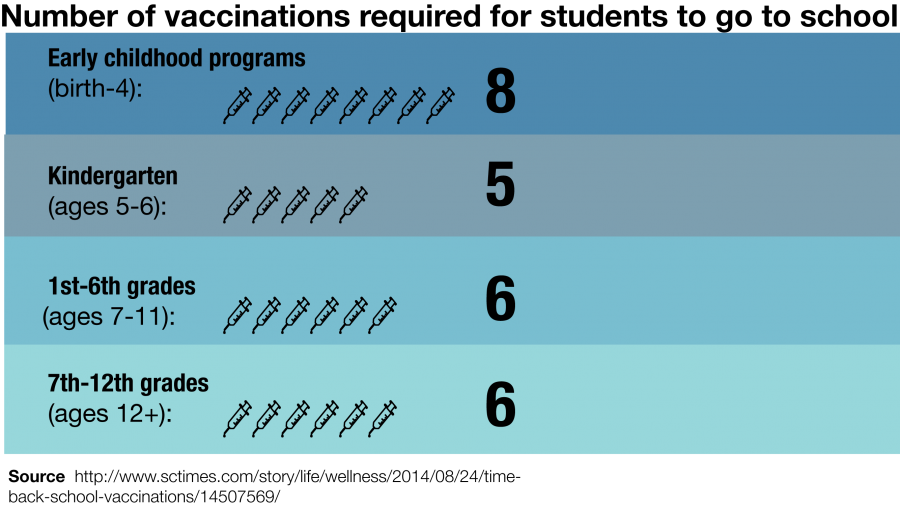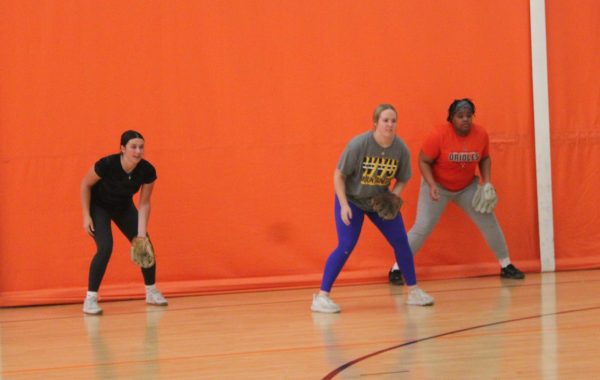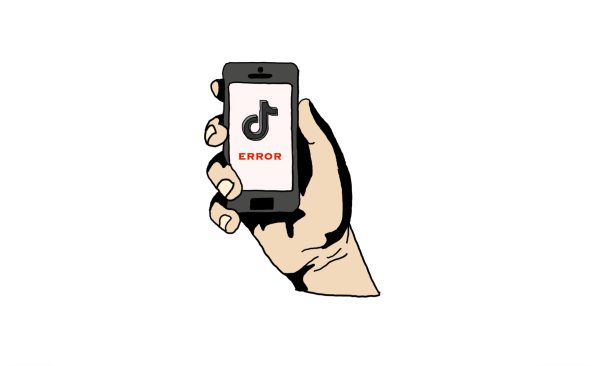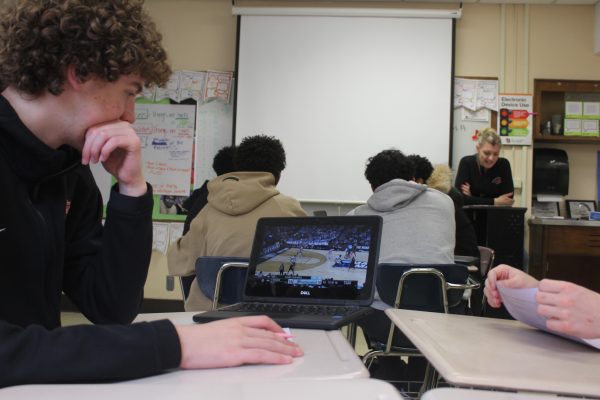Immunizations proven to protect students
More immunizations for Minnesota students means a safer school environment
September 4, 2014
With the recent international health crisis of Ebola in Central and West Africa, disease is striking home with millions of Americans. While there isn’t a vaccine for Ebola, we have immunizations for many other deadly diseases.
Under the new law, four more immunizations will be made mandatory for Minnesota students. While this may seem excessive, the safety it offers outweighs any possible negative outcomes.
Among the newly required immunizations is the hepatitis B booster. According to the Hepatitis B Foundation, 50 percent of young children who are infected with hepatitis B will develop chronic infections. Protecting children from this disease at a young age is vital and can ensure a healthy future for them.
While many question the safety and benefits of immunizations, their effectiveness is ensured. The immunizations are recommended by the Center of Disease Control (CDC) and the Advisory Committee on Immunization Practices (ACIP). Once a vaccine is approved by the Food and Drug Administration (FDA), the CDC actively monitors the safety and potential adverse effects. They partner with medical research centers and healthcare organizations to continually conduct research and evaluate harmful effects due to the vaccination.
However, people are still able to opt out of the immunizations due to personal beliefs. Even though the CDC, the ACIP, the American Academy of Pediatrics and countless other medical groups condone and encourage immunizations, there are parents who choose to not vaccinate their children. While they may think this is protecting them, it’s endangering their welfare and the kids around them. Immunizing a child not only protects children, but increases the safety of children who are medically or financially unable to get the vaccine.
The CDC, among other organizations, actively monitors and protects the immunizations that are required. They will protect students and ensure a healthy school environment for students in Minnesota.














